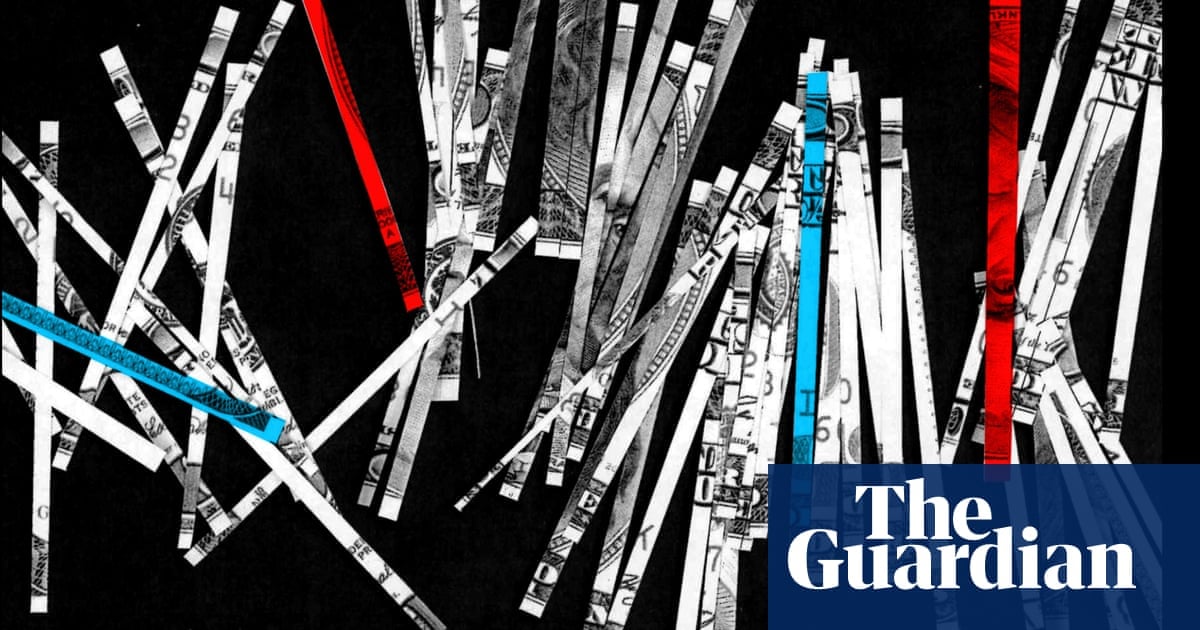Nearly three in five Americans wrongly believe the US is in an economic recession, and the majority blame the Biden administration, according to a Harris poll conducted exclusively for the Guardian. The survey found persistent pessimism about the economy as election day draws closer.
The poll highlighted many misconceptions people have about the economy, including:
-
55% believe the economy is shrinking, and 56% think the US is experiencing a recession, though the broadest measure of the economy, gross domestic product (GDP), has been growing.
-
49% believe the S&P 500 stock market index is down for the year, though the index went up about 24% in 2023 and is up more than 12% this year.
-
49% believe that unemployment is at a 50-year high, though the unemployment rate has been under 4%, a near 50-year low.



It is a total mystery why they removed it!
Last year, they actually put out a report stating that inflation was back to normal “when you discount the costs of groceries, power, housing and fuel” 🤦
You know, just minor luxury items that everyone can choose to forgo if they want to!
This is a great little misleading factoid – the missing piece being that inflation is also back to normal if you do include the cost of groceries, power, housing, and fuel.
The fact that they’re excluded from the usual metric isn’t some weird economic misleading-metric plot (although, those certainly exist). It’s just that the CPI usually excludes those items because their prices can swing around in ways that are different from the ways that the baseline price of everything else swings around. But, if you include them in the analysis of what’s happened since 2020, the answer doesn’t change at all.
So you’re saying that groceries, power, and housing are NOT more expensive now than in 2020? Is that seriously what you’re trying to make people believe??
The most basic things that everyone needs, the things that especially the working poor spend the vast majority of all income isn’t itself the baseline for the CONSUMER price index?
That’s as fucking useless to gauge how regular people are doing as measuring the overall economy by GDP and stock prices, then! 🤦
I am saying that their prices have gone up pretty much by the same amount as the general CPI, including a huge spike upwards in 2022, which means that looking at the CPI without them is exactly the same (in this particular case) as looking at the CPI with them.
Stop. Read again.
I am saying that their prices have gone up pretty much by the same amount as the general CPI, including a huge spike upwards in 2022, which means that looking at the CPI without them is exactly the same (in this particular case) as looking at the CPI with them.
Makes sense, right? Or no? I’m happy to talk in a little more detail if you want.
Here are the numbers. It’s complex, obviously, and some commodities will spike way, way up, or drop below 0% inflation and stay negative for a while. But it actually happens that if you average it all out, CPI with everything is right now more or less the same as CPI with the normal stuff excluded. Good things to highlight to see it are “All Items” or “Less Food and Energy” or “Shelter”. Between those three, it’ll give you a pretty good picture, and they all behave pretty much the same - a big hump after Covid from supply-chain shock and corporate greed, i.e. the situation Biden came in with, and then reducing steadily back down as Biden’s policies got ahold of it.
Makes sense? Or no? Like I say, I’m happy to talk about the details.
i mean it’s not like they can tell the truth about what they’re doing, they’d go to jail